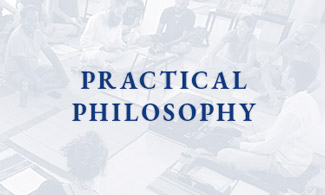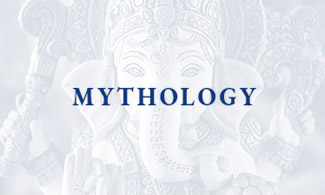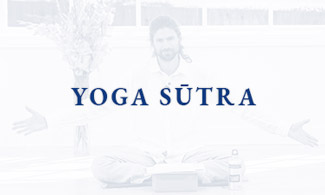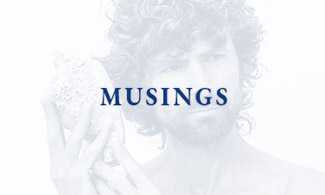
Necessary Heartbreak
Chances are, most of us would not say that we want our hearts to be broken. Chances are that most of us would say we would like to feel happy in our hearts.
If we ‘would like to feel’ happy, it reveals we are not quite there. And what is holding us back? Yoga teaches us to look inside and examine the structure of attachments and aversions that are limiting our wellbeing. Yoga practice can begin when we acknowledge that we’re not quite where we’d like to be; our centre of wellbeing is not as thoroughly established and robust as we feel it could be. We own up to the fact that things happen that do disturb us and shake us out of the spacious ease and flow of the centre. This acknowledgement creates the space for new understandings. However, these new understandings will often necessitate a dismantling of the structure we have previously lived by. Sometimes the structure has been built in such a way that the most efficient way for it to be expanded into one more conducive to sustained balance and wellbeing is to demolish it.
And so, heart break is necessary.
And, if we are striving to become established in yoga, in a place of steady fullness, robust wellbeing, then really we are asking for heartbreak.
Following a kirtan the other day, one of the participants reported how it was ‘exquisitely painful’, that she felt her heart ‘breaking open’, and it was ‘wonderful’. Sometimes in practice, like the warm light of morning ‘breaking’ over the horizon at dawn, the break can quite easily feel exquisite. We allow ourselves to open and are swiftly rewarded with a surge of wellness. Sometimes though, the breaking is more difficult.
Heartbreak is painful, but it is the way of growth.
Think of the rose… this beautiful symbol of romantic love.
What does it take for the rose to bloom and be able to adorn the land with its colour, anoint the air with its scent, and spark the imagination with its presence? It takes pain. Of course, it takes many factors, but it also takes pain. If the rose is to grow robust and strong so that it can share its gifts all summer long, it has to grow a thick, hard, thorny stem. The transformation from the tender young ‘sapling stem’, to a tougher-skinned, robustly armoured, thorn-protected conduit of beauty takes hard, painful, honest work. The rose that grows to maturity does so through fierce, fearless honesty. It faces the reality that the soft, familiar confines of its body up to now, beautiful and perfect though they’ve been thus far, are not really going to cut it when it comes to issuing forth a bud, never mind blooming open. So the rose has to allow its infant self to die and make way for its fuller incarnation to emerge. It has to allow itself to break through. It has to allow its skin to be shed. And so do we. To let be and let go the tender infant skin, to shed the adolescent idealist skin, to slough the burnished skin of the somewhat seasoned but still callow lover, this takes honesty and courage. If we really want to honour the fire of love, then we must learn to be its watertight channel. Love is the light of the eternal flame at the core of our being. For most humans, there come points when it takes pain to break out of the now comfortable skin and grow into the scar tissue hewn container that is tough and fluent enough to hold and carry us as we live true to that flame.
Think of the archetype of Jesus: Prince of Peace, God of Love and Understanding. There he is, dying on the Cross. The Cross is at Golgotha – the skull. In that place, of meeting in the centre of the skull, where the mechanisms of individualised awareness join in oneness, the individual conscious being can cross from the realm of dualistic division and separateness to integrated cohesion and belonging. There, he dies, to the limited identity that has imprisoned him to confines less than his Truth. Established in love, having understood it, i.e. standing in and inhabiting the energy of love, even though so much of him would turn away from it, he is able to enter the meeting space of the Cross: the crossing point, the place of the junction, of integration, and die to limitation and be born anew into the Christ consciousness that he always was. In Jesus’ case, the crucifixion is the culminative ‘Christing’. With the forgiveness and dying away that he allows so completely here, he allows himself to be so thoroughly crucified that no dregs of limitation keep him from the fullness of eternity, and he can walk again, on the Earth, but still in Eternity. Through his fierce and courageous honesty, the scope of his true love has been set free so it can forgive him his previous clinging to limiting patterns bound to the wheel of duality and allow him to actually walk and live in the centre, in the space of the Cross, where the energy of Love can flow and carry him into the full bloom of his human-body-held, skull-borne Divine consciousness.
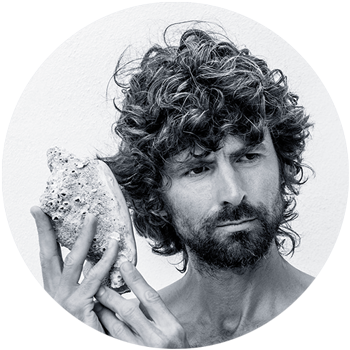
James Boag | Whole Life Yoga
The yoga of the whole human being. Practical philosophy, storytelling, movement, inquiry, looking in ways that reach beyond our habitual ways of looking.
Listen to James’ unique whole life yoga perspectives on the WHOLE LIFE YOGA podcast.






